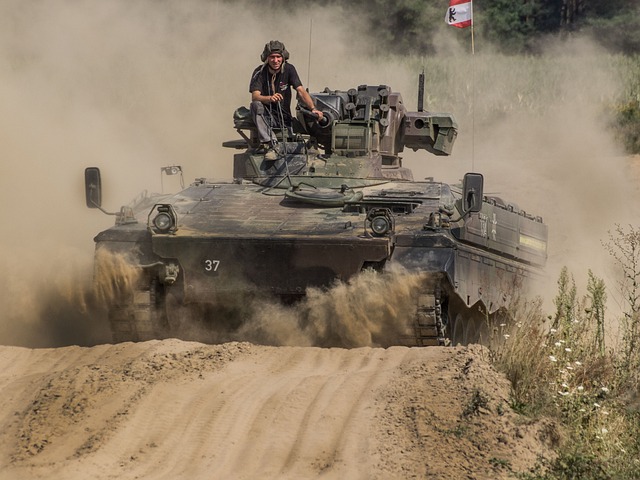
Tactical flashlights designed for military use are essential tools for night operations, offering superior illumination and robust construction to endure harsh environmental conditions. These lights are built with high-durability materials like aircraft-grade aluminum, featuring nearly indestructible lenses and advanced LED technology for intense brightness, long-range visibility, and energy efficiency. They include vital features such as adjustable brightness, strobe functions, and various light colors to aid in stealth operations and maintain operational security. With water resistance, dust proofing, and reliable power management systems, these flashlights can operate effectively under extreme temperatures and in wet conditions. Their extended battery life and versatile functionality make them a dependable asset for military personnel, supporting communication, signaling, and situational awareness during diverse mission scenarios, day or night.
Operational efficiency and readiness in military tactical units hinge on a variety of essential tools. Among these, tactical flashlights play a pivotal role, serving as both navigational aids and strategic assets on the battlefield. This article illuminates the critical aspects of selecting the most effective tactical flashlights for military use. We delve into the indispensable qualities that distinguish military-grade flashlights, including lumen output, robust construction, and advanced power management systems. Additionally, we explore the tactical significance of strobe and signaling modes, and provide guidance on choosing the optimal tactical flashlight to meet the unique demands of your unit’s missions.
- Understanding the Role of Tactical Flashlights in Military Operations
- Key Features to Look for in Tactical Flashlights for Military Use
- The Importance of Lumens and Light Output in Military-Grade Flashlights
- Durability and Construction: Building Tactical Flashlights to Withstand Harsh Environments
- Battery Life and Power Management for Extended Operations
- Strobe, Signaling Modes, and Their Strategic Importance in Tactical Situations
- Selecting the Best Tactical Flashlight for Your Military Unit's Needs
Understanding the Role of Tactical Flashlights in Military Operations
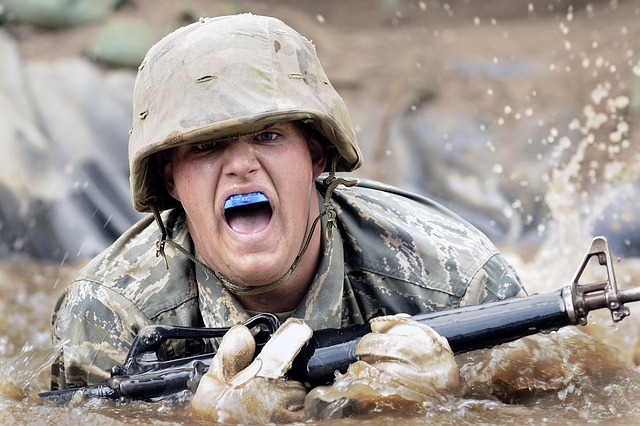
Tactical flashlights serve as indispensable tools for military personnel, enhancing situational awareness and operational effectiveness in a wide array of environments. These specialized lights are engineered to meet the stringent demands of military use, providing reliable illumination that can be critical during night operations or in low-light conditions. The compact and durable design of tactical flashlights ensures they can withstand the rigors of field use, from the unforgiving deserts to dense jungles. Their high-intensity beams enable rapid identification of threats, terrain navigation, and the performance of tasks that require precision and clarity of vision. Moreover, many tactical flashlights are equipped with features such as strobe settings and multiple light modes, which can disorient adversaries or provide versatile lighting options suitable for different scenarios. The strategic deployment of tactical flashlights in military operations underscores their importance as a tool that supports the critical decision-making processes under constraints where visibility is limited.
In addition to their utility as illumination devices, tactical flashlights are often integral to the communication and coordination within tactical units. Their compact size allows for easy carrying on personnel or equipment, ensuring accessibility whenever needed. The high-quality construction of these flashlights, with materials like aircraft-grade aluminum and impact-resistant lenses, guarantees that they remain operational even in the most demanding conditions. The integration of advanced LED technology not only offers a longer operational lifespan but also provides a beam that can reach significant distances, effectively illuminating potential threats or points of interest at great ranges. The strategic use of tactical flashlights is therefore paramount for military units to maintain operational superiority in environments where darkness or dim lighting could otherwise hinder their progress and compromise their safety.
Key Features to Look for in Tactical Flashlights for Military Use
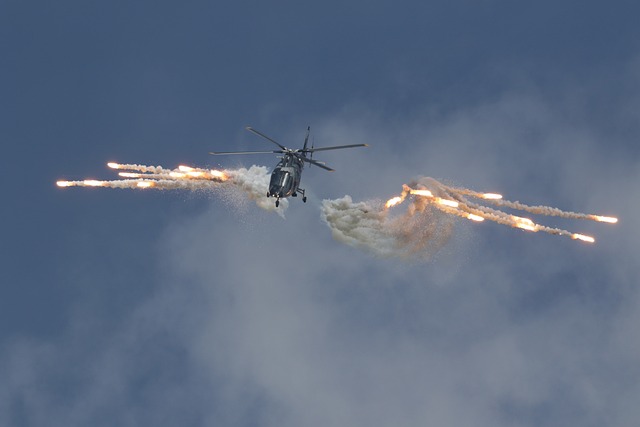
When selecting tactical flashlights for military use, several critical features must be considered to ensure optimal performance and reliability in challenging environments. Firstly, durability is paramount; these flashlights should be constructed with high-strength materials like aircraft-grade aluminum or hard-anodized finishes that can withstand extreme conditions and rough handling without failure. Secondly, the impact resistance of the flashlight is essential, as it must function correctly after being dropped from various heights, depending on the manufacturer’s specifications.
In terms of light output, military tactical flashlights should deliver a high lumen output for disorienting and lighting up large areas, which is crucial for situational awareness. Additionally, they should offer multiple brightness levels and modes, such as strobe or SOS signals, to adapt to different operational needs. The beam intensity and focusability are also significant; a focused beam can reach long distances for signaling or identifying targets, while a wider beam spread is beneficial for nearby area illumination.
Furthermore, tactical flashlights must be designed with user-friendliness in mind. A robust and ergonomic design allows for easy operation even with gloves or under stress. They should also feature a reliable switch mechanism, preferably tail-cap activated, to operate the light with one hand, leaving the other free for other tasks. Waterproofing is another critical aspect, ensuring the flashlight can operate in all weather conditions without compromising performance. Lastly, battery efficiency and runtime are crucial; the best tactical flashlights for military use should be powered by rechargeable batteries or long-life alkalines, offering consistent performance throughout prolonged operations. Considering these features will ensure that military personnel have a reliable tool to support their missions effectively.
The Importance of Lumens and Light Output in Military-Grade Flashlights
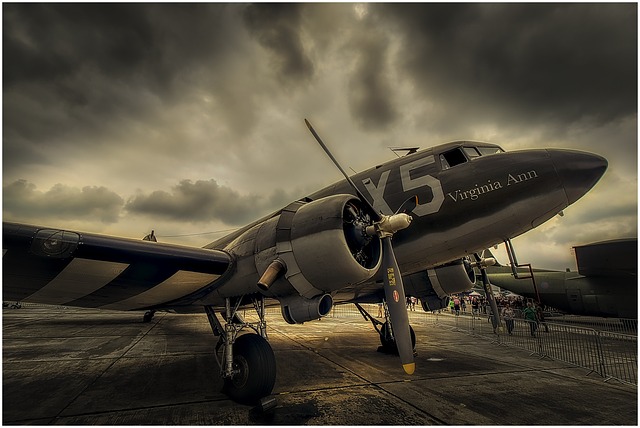
When it comes to military operations, especially those conducted under low-light or no-light conditions, tactical flashlights for military use play a pivotal role. The effectiveness of these flashlights is directly linked to their lumen output and the quality of light they provide. Lumens, a unit of luminous flux, measure the total amount of light produced by a source. In tactical scenarios, a high lumen count can momentarily blind or disorient an adversary during critical moments such as target identification, navigation through complex terrain, or conducting searches and raids. Military-grade flashlights often exceed 1000 lumens, with some models pushing beyond 3000 lumens, which not only illuminates vast areas but also serves as a disorienting tool when used defensively.
The quality of light is another critical aspect to consider in tactical flashlights for military use. A focused beam can cut through darkness and highlight distant objects or fine details at close range, enhancing situational awareness. The beam should be adjustable between different intensities and modes, such as flood and spotlight settings, allowing operators to adapt to various environments and tasks efficiently. Advanced military-grade flashlights also feature a selection of light colors—commonly red, green, or blue—which can preserve night vision better than white light while still providing the necessary illumination for specific tasks. The combination of high lumen output, versatile beam adjustments, and optimal light quality ensures that tactical flashlights remain indispensable tools in the arsenal of military units operating under cover of darkness.
Durability and Construction: Building Tactical Flashlights to Withstand Harsh Environments
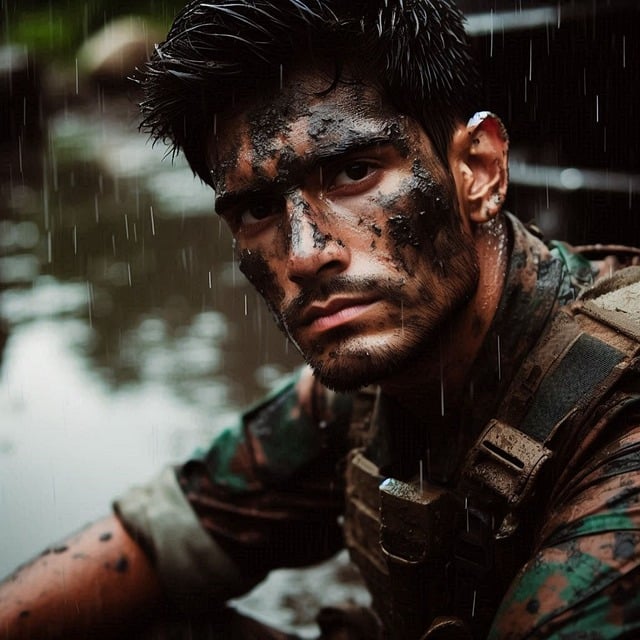
When operating in the field, military tactical units require gear that can withstand the harshest of environments without fail. Tactical flashlights for military use are engineered to meet these stringent demands. The durability of these flashlights is paramount, as they often face extreme conditions such as intense temperatures, moisture, and rough terrain. They are constructed with high-impact resistant materials like aircraft-grade aluminum or hard-anodized finishes to protect against scratches and corrosion. This ensures that the light remains operational and reliable even after exposure to dust, dirt, and debris. The rugged build also includes impact resistance, ensuring that a drop from a height or a bump against an object won’t compromise the integrity of the device.
Furthermore, these flashlights incorporate advanced lighting technologies such as LEDs that provide intense, focused beams capable of illuminating long distances. The LEDs are often shielded by virtually indestructible lenses, ensuring clarity and protection against impacts or flying debris. The circuitry within is designed to handle extreme temperatures without failure, and water resistance ratings (like IPX-7 or IPX-8) ensure that the flashlight can be submerged in water without compromising its performance. These features collectively guarantee that tactical flashlights for military use remain a dependable tool on the battlefield or during covert operations.
Battery Life and Power Management for Extended Operations
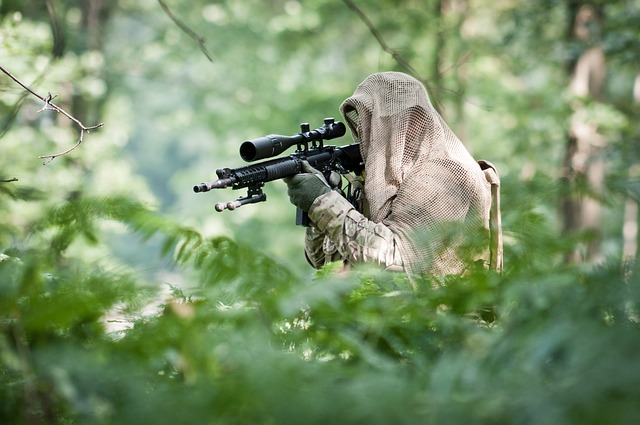
In military operations, especially during tactical engagements, having reliable lighting is paramount for mission success and officer safety. Tactical flashlights for military use are designed with high-quality batteries that offer extended battery life to support prolonged missions. These flashlights often feature advanced power management systems that prevent the depletion of battery reserves during active use or when kept on standby modes. The longevity of the battery is enhanced through the use of lithium-ion technology, which provides a stable and long-lasting power source capable of withstanding the harsh conditions typically encountered in military field operations. Additionally, the strategic placement of LEDs, coupled with optimal circuit design, ensures that only necessary power is consumed, thus extending the operational lifespan of these devices even further. The importance of battery life in tactical flashlights cannot be overstated, as it directly impacts situational awareness and operational effectiveness in low-light or nighttime environments.
Furthermore, power management in tactical flashlights is a critical aspect that involves both energy conservation and the ability to swiftly access full brightness when needed. Military tactical units often operate in remote locations where resupplying batteries or replacing equipment can be challenging. Therefore, flashlights equipped with efficient thermal regulation systems prevent overheating and maintain consistent light output. They also include features like adjustable brightness settings that allow operators to conserve power by using lower lumens when full illumination is not required. This adaptive approach to power management enables military personnel to extend their operational duration, ensuring that their tactical flashlights remain a reliable tool throughout the mission’s span. The integration of such features in tactical flashlights for military use reflects a deep understanding of the unique demands of field operations and the necessity for power efficiency and battery longevity.
Strobe, Signaling Modes, and Their Strategic Importance in Tactical Situations
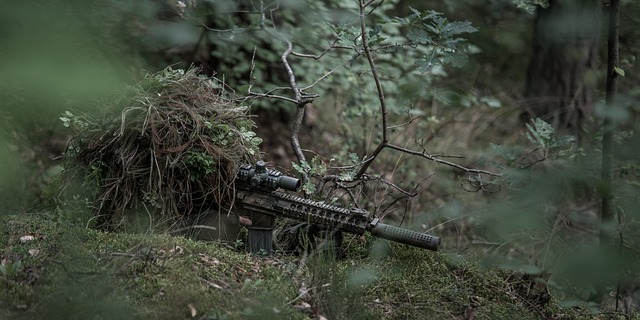
In military operations, the ability to communicate and signal effectively can be as critical as tactical maneuvers themselves. Tactical flashlights for military use are indispensable tools in this regard, especially when it comes to strobe functionality. A strobe’s rapid flashing of light can disorient adversaries during engagements or provide a visual signal over vast distances where voice communication is impractical. This disorientation effect can be leveraged to gain an advantage during critical moments, such as during nighttime operations or in enclosed spaces where visibility is severely limited. The strategic importance of strobe lighting cannot be overstated; it serves not only as a defensive mechanism but also as a means to draw attention or signal allies.
Moreover, the signaling modes available on modern tactical flashlights are diverse and sophisticated. These modes extend beyond mere visual signals, with options that include Morse code capability, SOS signals, and even pre-programmed distress patterns. The ability to convey complex information visually is invaluable in covert operations or when traditional communication means are compromised or unavailable. Tactical flashlights for military use are designed to be durable, reliable, and user-friendly, ensuring that operators can seamlessly switch between different modes without breaking concentration or exposing their position. The integration of these advanced signaling features into tactical lighting enhances situational awareness and decision-making in unpredictable environments, making them an essential part of a military unit’s equipment inventory.
Selecting the Best Tactical Flashlight for Your Military Unit's Needs
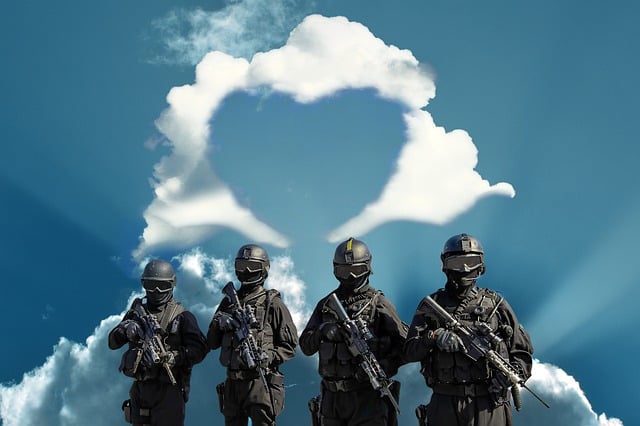
When selecting a tactical flashlight for military use, it’s imperative to consider several key factors that can significantly impact operational effectiveness and safety. Military units require lights that offer durability, reliability, and versatility. The best tactical flashlights for military use are those that are constructed with high-strength materials like aircraft-grade aluminum or hard-anodized surfaces to withstand the rigors of field conditions. These flashlights must also be capable of withstanding harsh environments, including exposure to water and dust, without failure.
Additionally, the illumination output is a critical aspect. Military applications often demand a high lumen count for long-range signaling or to temporarily blind adversaries. High-lumen models are essential for these tasks. Conversely, lower lumen settings are beneficial for close-quarters work where stealth and preservation of night vision are paramount. Features such as multiple brightness levels, strobe functions, and red or green light options can enhance situational awareness without compromising operational security. Moreover, the ability to mount these flashlights on weapons or helmets is a necessity for tactical efficiency. Battery life and runtime are also significant considerations, as military operations often occur in remote areas where resupplying batteries may not be feasible. Incorporating LED technology with rechargeable lithium-ion batteries can provide extended use between charges, making tactical flashlights for military use a vital piece of equipment for effective mission execution under any conditions.
Military operations often demand precision, adaptability, and versatility. In this discussion on tactical flashlights for military use, we’ve explored their indispensable role in various scenarios, the critical features that distinguish a reliable tactical light from others, the significance of lumen output, durability under harsh conditions, and the strategic advantages of power management and signaling capabilities like strobe modes. Selecting the best tactical flashlight tailored to your military unit’s requirements is not just about illumination; it’s a decision that impacts operational effectiveness and mission success. Therefore, it’s crucial for military personnel to invest in these devices with careful consideration of their specific operational contexts. The right tactical flashlight can serve as an indispensable tool, enhancing situational awareness and providing an edge during critical missions.







